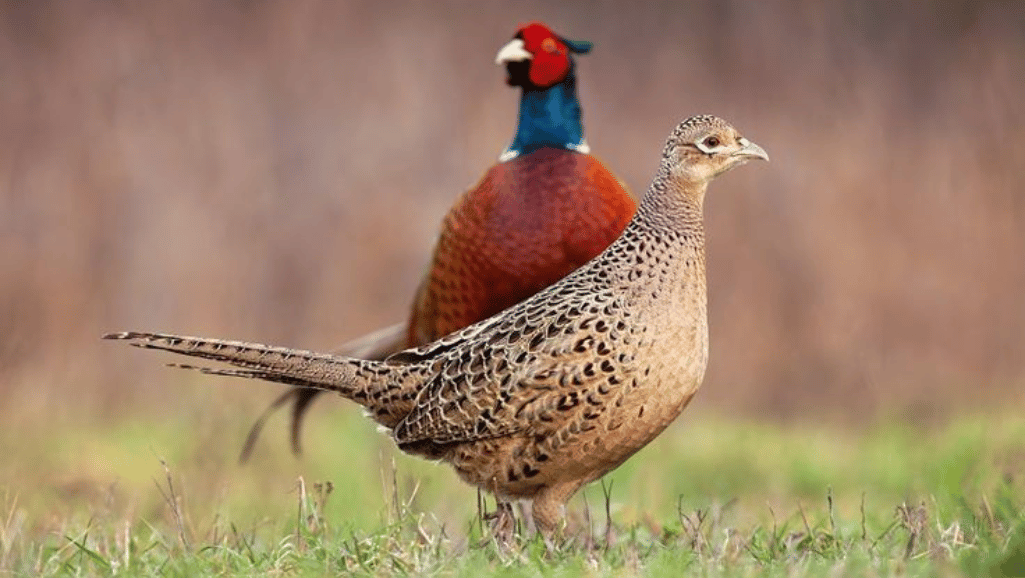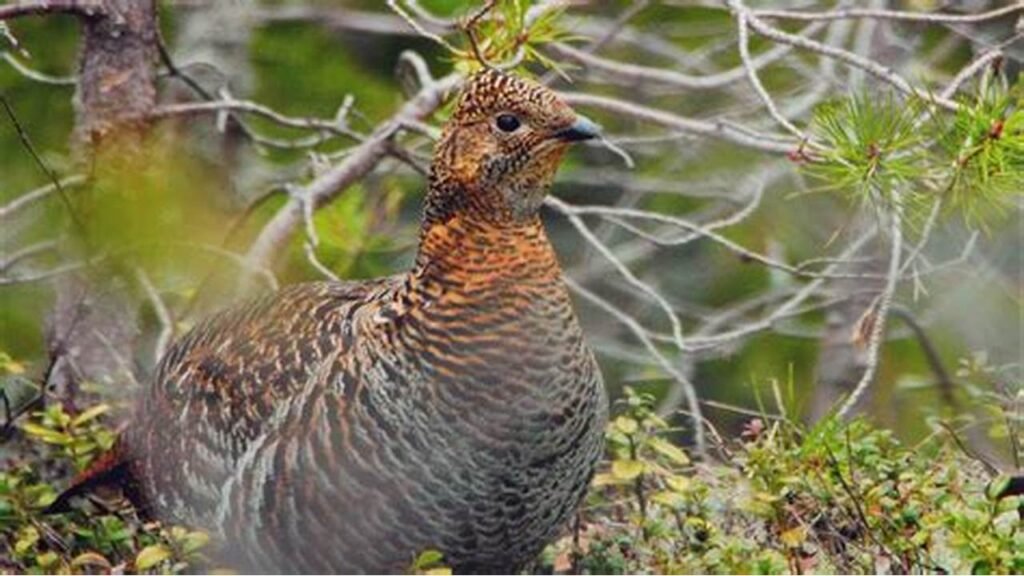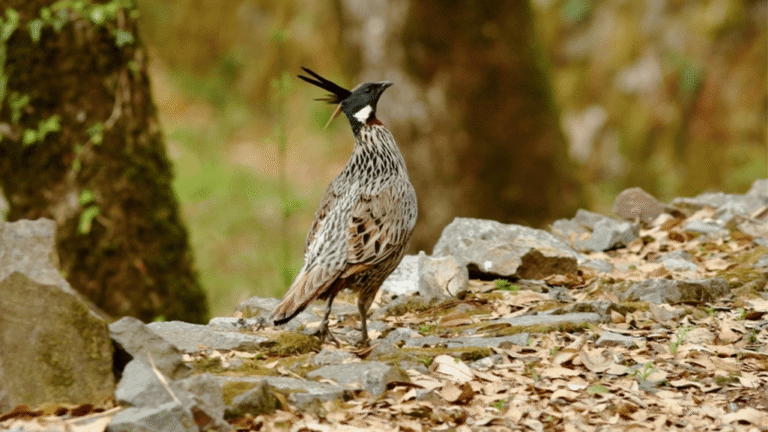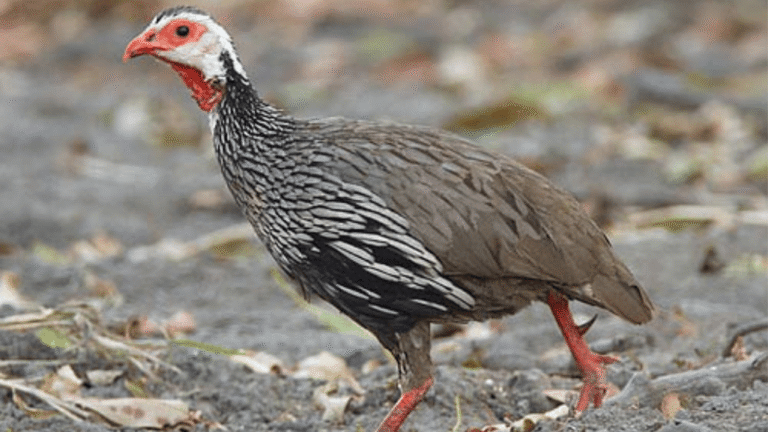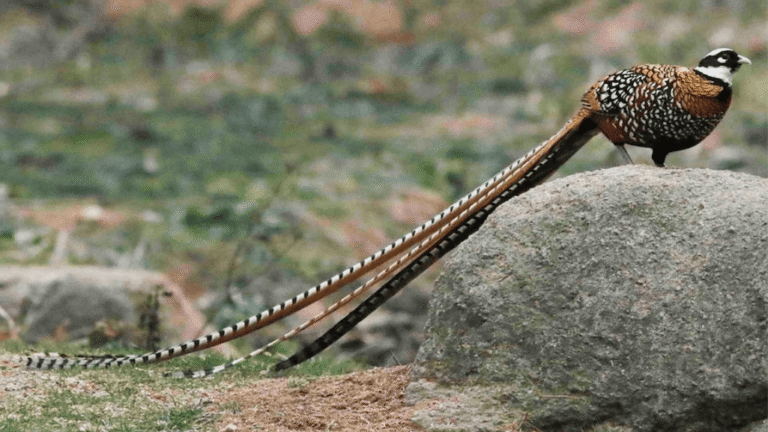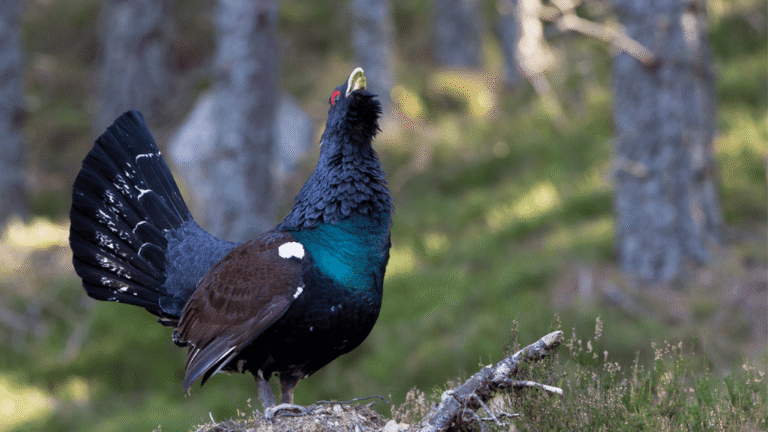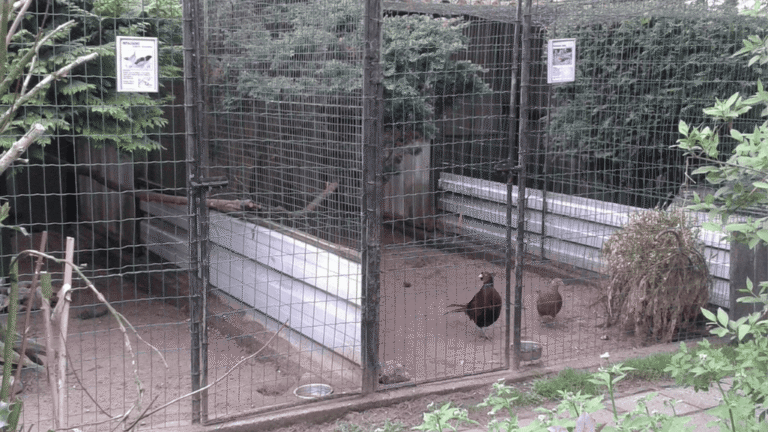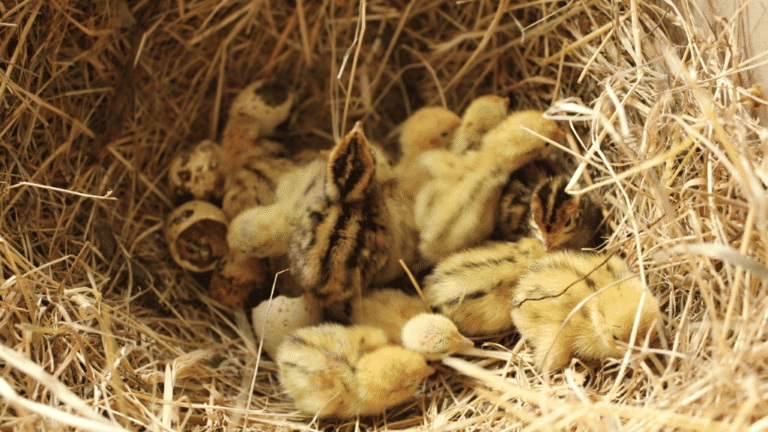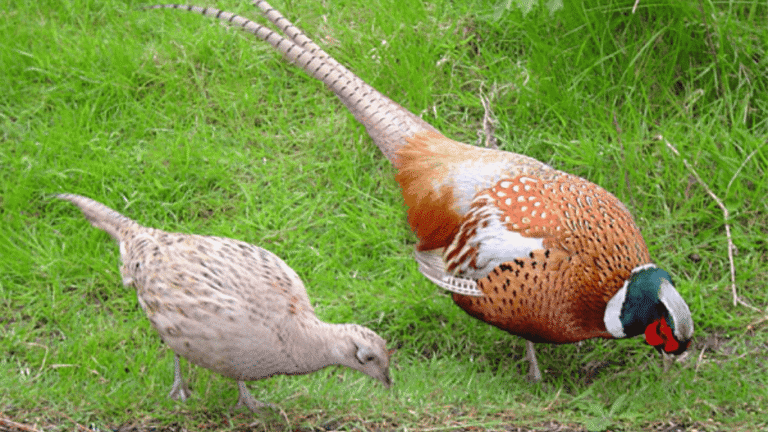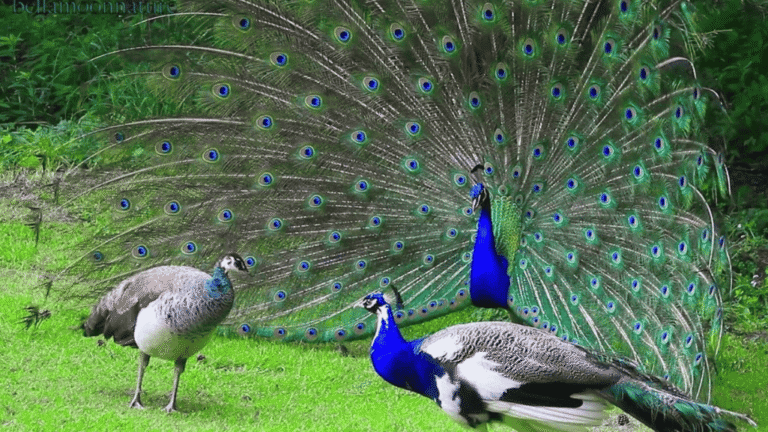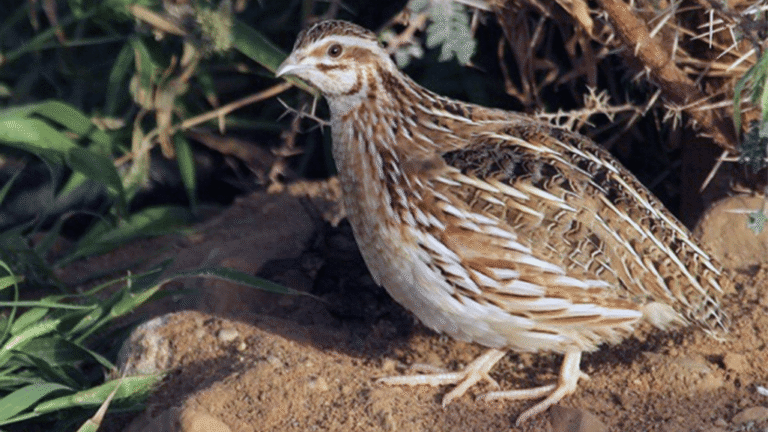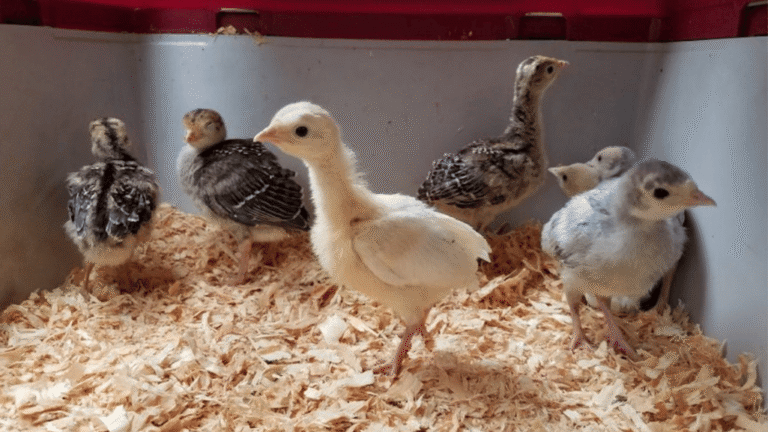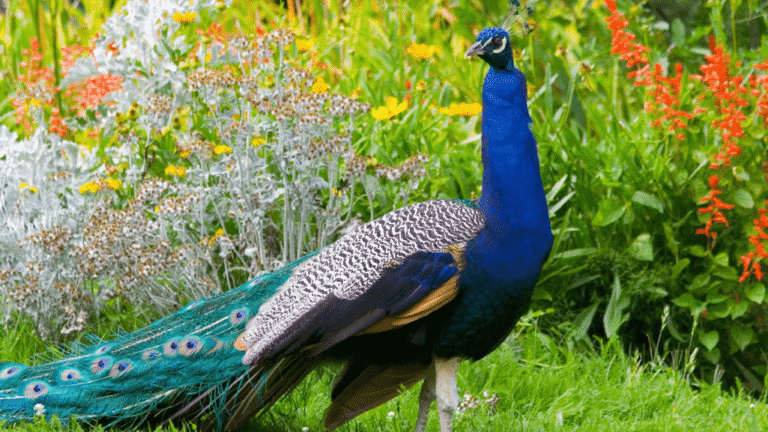Galliformes, a diverse order of birds found across the globe, play a significant role in our lives. From the popular common turkey to the iconic helmeted guinea fowl, these avian creatures have been domesticated for centuries. As we prioritize their welfare and well-being, stress management techniques and proper care become imperative in maintaining the health of captive Galliformes.
Key Takeaways:
- Providing a calm and stimulating environment is essential for reducing stress in captive Galliformes.
- Attention should be given to specific housing requirements and social dynamics to ensure their well-being.
- Implementing regular routines and predictable schedules can help alleviate stress in these birds.
- Environmental enrichment, such as perches and toys, promotes healthier behaviors and prevents boredom.
- Evaluating and managing noise levels and light exposure contribute to stress reduction.
Behavior and Husbandry Practices of Captive Galliformes
Captive Galliformes, including species like the red junglefowl, common turkey, and helmeted guinea fowl, require specific environmental conditions and diets to thrive in captivity. Proper husbandry practices play a crucial role in ensuring the well-being of these birds.
Environmental Conditions: Some Galliformes have specialized needs, such as specific humidity and temperature ranges. Providing appropriate housing with adequate space, shelter, and access to natural light is essential for their physical and mental well-being.
Environmental Enrichment: Galliformes benefit from environmental enrichment activities that mimic their natural behavior. This can include providing perches, toys, and opportunities for foraging. These enrichments keep the birds engaged, mentally stimulated, and prevent boredom or negative behaviors.
Social Dynamics: Careful attention must be given to the social dynamics among captive Galliformes. It is important to prevent aggression among individuals through proper grouping and monitoring of their interactions. Ensuring appropriate space and resources can help reduce potential conflicts.
Diet and Nutrition: Proper diet and nutrition are crucial for the overall health of captive Galliformes. Providing a balanced and species-specific diet helps maintain their physical condition, supports their immune system, and prevents potential nutritional deficiencies.
By understanding the specific needs and behaviors of captive Galliformes and implementing appropriate husbandry practices, we can promote their well-being and ensure they lead healthy and fulfilling lives in captivity.
Stress Reduction Techniques for Captive Galliformes
Stress can have detrimental effects on the health and welfare of captive Galliformes. To mitigate stress and promote their well-being, it is crucial to implement effective stress reduction techniques in their care.
Creating a Calm and Stimulating Environment
Minimizing disturbances and sudden changes in the surroundings is essential for reducing stress in captive Galliformes. Implementing regular routines and predictable schedules can provide a sense of security and stability. Creating hiding spots and visual barriers within their enclosure helps create a safe space and reduce the impact of potential stressors.
Gentle Interactions and Proper Handling
Proper handling techniques and gentle interactions with caretakers play a significant role in stress reduction for Galliformes. Caretakers should approach the birds calmly, avoiding sudden movements or loud noises. Gradually building trust through positive interactions can help establish a bond and reduce stress levels.
Managing Noise Levels and Light Exposure
Controlling noise levels and light exposure is crucial in minimizing stress for captive Galliformes. Loud noises can startle the birds and trigger stress responses. Providing quiet areas within their environment and maintaining a consistent level of ambient noise can help create a calm atmosphere. Similarly, regulating the amount and intensity of light exposure, mimicking natural day-night cycles, promotes a sense of normalcy and reduces stress.
“Creating a calm and stimulating environment, gentle interactions, and proper handling techniques are vital for reducing stress in captive Galliformes.”
By implementing these stress reduction techniques, caretakers can create an environment that prioritizes the well-being and welfare of captive Galliformes. These measures help alleviate stress, ensuring that these birds can live happier and healthier lives.
| Stress Reduction Techniques for Captive Galliformes |
|---|
| Minimizing disturbances and sudden changes in the surroundings |
| Implementing regular routines and predictable schedules |
| Creating hiding spots and visual barriers |
| Gentle interactions and proper handling |
| Managing noise levels and light exposure |
The table above summarizes the stress reduction techniques discussed for captive Galliformes. Implementing these strategies helps create a more conducive and stress-free environment for these birds.
Environmental Enrichment for Captive Galliformes
Environmental enrichment plays a crucial role in promoting the well-being of captive Galliformes. By providing opportunities for natural behaviors and creating a diverse and engaging environment, we can ensure that these birds thrive in captivity.
Galliformes, like many bird species, have instinctual behaviors that are essential for their mental and physical health. One such behavior is dust bathing, which helps them maintain feather condition and control external parasites. To facilitate this behavior, it is important to provide a suitable area with fine, loose substrate like sand or dust for the birds to bathe in.
Foraging is another natural behavior that can be encouraged in captive Galliformes. By offering puzzle feeders or scatter feeding, we can simulate the search for food that they would experience in the wild. This not only keeps them mentally stimulated but also helps prevent boredom and promotes healthier feeding behaviors.
Social interactions are also important for Galliformes’ well-being. Providing perches, platforms, and hiding spots allows them to establish hierarchies, form social bonds, and have a sense of security. These structures should mimic the natural habitat of the birds, giving them a sense of familiarity and comfort.
Promoting Mental Stimulation
To further engage the natural instincts and mental abilities of captive Galliformes, various types of toys can be introduced. Pecking blocks, hanging toys, and interactive puzzles can challenge their problem-solving skills and keep them mentally stimulated. This not only prevents boredom but also helps prevent the development of negative behaviors that can arise from a lack of mental stimulation.
Including natural elements, such as branches or leaves, in the environment can also provide additional sensory stimulation. The birds can explore different textures, scents, and colors, which enriches their sensory experiences and enhances their overall well-being.
“Environmental enrichment is essential for captive Galliformes to exhibit natural behaviors, maintain mental stimulation, and ensure their overall well-being.” – Dr. Jane Smith, Avian Behavior Specialist
Types of Environmental Enrichment for Captive Galliformes
| Enrichment Type | Description |
|---|---|
| Perches | Provide platforms at different heights to simulate roosting and social interactions. |
| Foraging Toys | Puzzle feeders or scatter feeding to simulate natural foraging behaviors. |
| Dust Bathing Areas | Create suitable areas with fine, loose substrate for dust bathing. |
| Natural Elements | Add branches, leaves, or other natural materials for sensory stimulation. |
| Pecking Blocks | Toys with materials that can be pecked, promoting mental stimulation and beak exercise. |
By implementing environmental enrichment strategies, we can enhance the lives of captive Galliformes and promote their well-being. It is essential to consider their natural behaviors, provide mental stimulation, and create an environment that mimics their natural habitat. Through these efforts, we can ensure that these birds thrive in captivity.
Conclusion
Effective stress management is crucial for promoting the well-being and welfare of captive Galliformes. By understanding their behavior and implementing proper husbandry practices, such as providing a suitable environment, appropriate diet, and social interactions, we can significantly reduce stress levels and promote healthier behaviors in these birds.
Environmental enrichment plays a key role in ensuring the overall well-being of captive Galliformes. By offering opportunities for natural behaviors, such as foraging, dust bathing, and social interactions, we can keep these birds engaged and stimulated. This helps prevent boredom and the development of negative behaviors in their captive environment.
By prioritizing stress management and promoting well-being, we can ensure that captive Galliformes live happier and healthier lives. Stress reduction techniques, which include minimizing disturbances and sudden changes in the surroundings, implementing regular routines, and providing hiding spots, help create a calm and predictable environment that enhances their overall welfare.
Moreover, environmental enrichment practices such as the provision of perches, platforms, toys, and diverse environments contribute to their mental and physical stimulation. By promoting natural behaviors and preventing stress, we can successfully provide a conducive environment for captive Galliformes, enhancing their overall quality of life.
FAQ
What are the key factors to consider in stress management for captive Galliformes?
When it comes to stress management for captive Galliformes, it’s important to provide a calm and stimulating environment, minimize disturbances and sudden changes, implement regular routines and predictable schedules, create hiding spots and visual barriers, handle the birds gently, and manage noise levels and light exposure.
What are some important husbandry practices to keep in mind for captive Galliformes?
Proper housing, including adequate space, shelter, and access to natural light, is crucial for the well-being of captive Galliformes. Additionally, it’s important to pay attention to social dynamics and prevent aggression among individuals. Providing an appropriate diet and nutrition is also essential for maintaining their health.
What are some effective stress reduction techniques for Galliformes in captivity?
To reduce stress in captive Galliformes, it is recommended to provide them with a calm and stimulating environment, avoid sudden disturbances or changes, maintain regular routines and predictable schedules, create hiding spots and visual barriers, handle them gently, and manage noise and light levels. These strategies can help alleviate stress and promote healthier behaviors.
How can environmental enrichment promote the well-being of captive Galliformes?
Environmental enrichment plays a crucial role in promoting the well-being of captive Galliformes by providing opportunities for natural behaviors and stimulating their mental activity. This can be achieved through the provision of perches, platforms, hiding spots, and toys that engage their natural instincts and prevent boredom. A diverse and engaging environment helps in preventing negative behaviors and promotes healthier behaviors in captivity.


